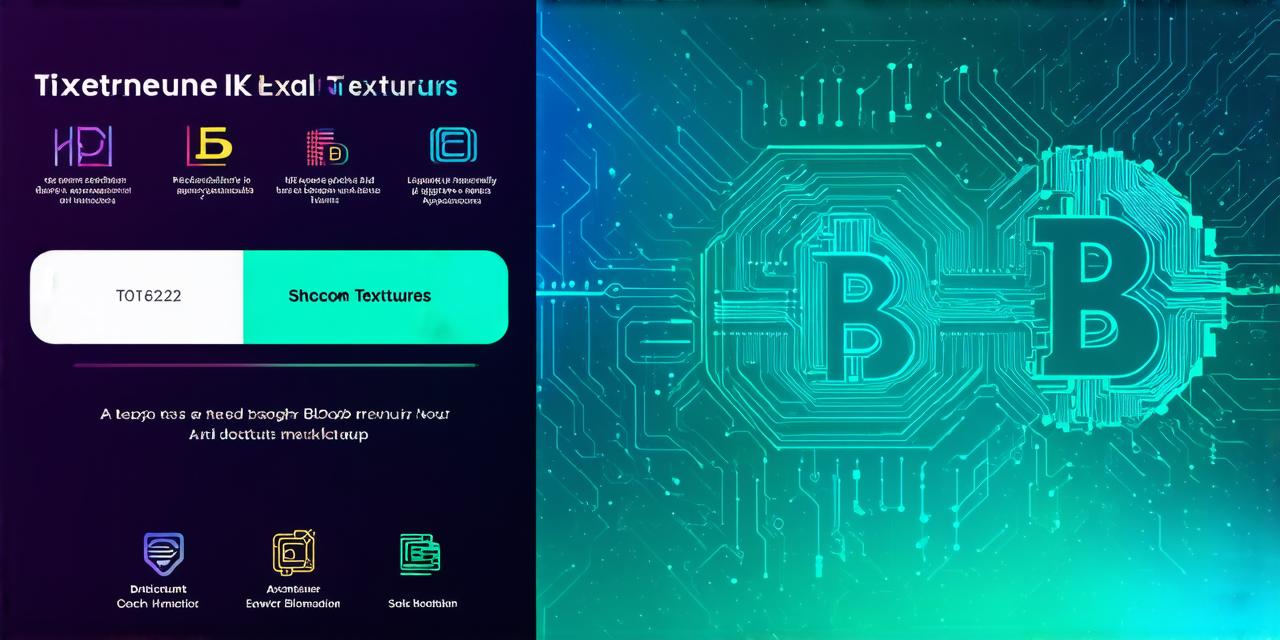Introduction
Blockchain technology has been gaining traction over the years and it’s no surprise that many organizations are starting to explore its potential. One of the most talked about concepts in blockchain is decentralized applications (dApps). In this article, we will explore what decentralized applications in blockchain are, how they work, and their benefits for developers.
What are Decentralized Applications?
A decentralized application is an app that runs on a network of computers instead of a central server. This means that there is no single point of failure and the application can continue to function even if one or more nodes in the network go down. Decentralized applications are built using smart contracts, which are self-executing programs that run on the blockchain.
Benefits of Decentralized Applications
Decentralized applications offer many benefits for developers, including:
- Security and Privacy: Since decentralized applications are built on a network of computers, they are less susceptible to hacking and cyber attacks. Additionally, since the data is stored in blocks on the blockchain, it’s more secure and private.
- Transparency: Decentralized applications are transparent, meaning that all transactions are visible on the blockchain. This helps to build trust among users and ensures that there is no fraud or manipulation.
- Scalability: Decentralized applications can scale horizontally, which means that they can handle an increasing number of users without sacrificing performance.
- Cost-Effective: Decentralized applications are cost-effective since they do not require a central server to operate. This reduces the cost of hosting and maintenance.
Real-Life Examples of Decentralized Applications
There are many examples of decentralized applications in various industries, including finance, healthcare, and logistics. Here are a few real-life examples:
- Cryptokitties: Cryptokitties is a decentralized application that allows users to buy, sell, and breed unique digital cats. It was one of the first dApps to gain significant traction and raised over $20 million in just a few months.
- OpenZeppelin: OpenZeppelin is a decentralized application that provides secure smart contracts for the Ethereum blockchain. It allows users to create custom contracts without having to write code from scratch.
- MediLedger: MediLedger is a decentralized application that enables the healthcare industry to share patient data securely and transparently. It uses blockchain technology to ensure the accuracy of medical records and prevent fraud.
- BitPesa: BitPesa is a decentralized application that allows users to send and receive money in different currencies without the need for a bank account. It uses the Bitcoin blockchain to enable fast and secure transactions.
Case Studies in Decentralized Applications
Decentralized applications have been used in various industries, including finance, healthcare, and logistics. Here are a few case studies that illustrate the potential of decentralized applications:
- Walmart: Walmart is using blockchain technology to track food products from farm to store. This allows them to ensure that the products are safe for consumption and reduces the risk of contamination.
- IBM: IBM is working with governments around the world to develop decentralized applications for voting systems. These dApps can help to increase transparency and prevent fraud in elections.
- Maersk: Maersk is using blockchain technology to streamline logistics operations, including shipping and customs clearance. This can reduce costs and improve efficiency in the supply chain.
- Accenture: Accenture is using decentralized applications to enable secure and transparent voting systems for organizations. These dApps can help to increase participation and reduce the risk of fraud.
FAQs on Decentralized Applications

Here are some frequently asked questions about decentralized applications:
1. What is the difference between a centralized application and a decentralized application?
Answer: A centralized application is built on a central server, while a decentralized application is built on a network of computers.
2. Are decentralized applications faster than centralized applications?
Answer: Decentralized applications can be slower due to the additional layer of security provided by the blockchain. However, they can scale horizontally, which means that they can handle an increasing number of users without sacrificing performance.
